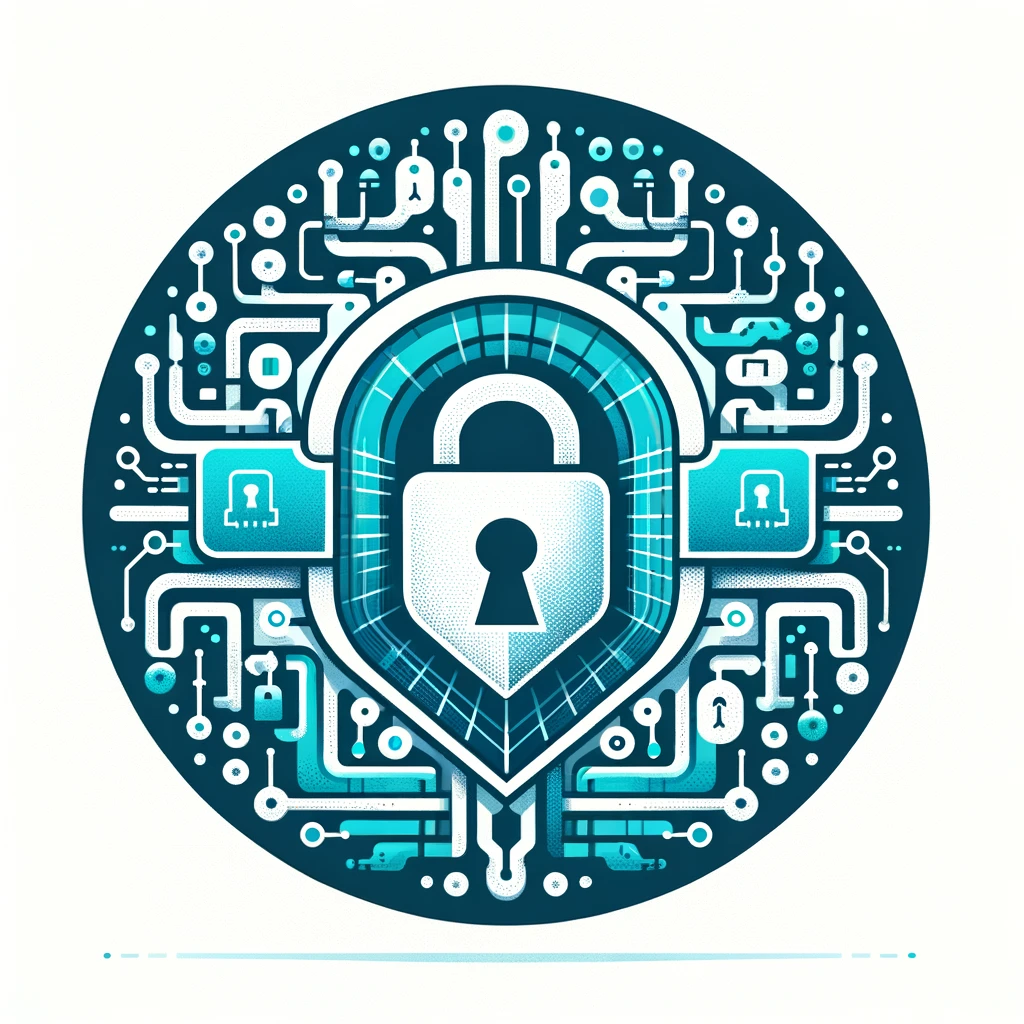Extreme Networks
Mobility without borders
Extreme Networks simplifies enterprise networks with a controllerless, self-organising and cloud-enabled infrastructure consisting of innovative WLAN, VPN, router and switch solutions. The Extreme Networks solution is easily scalable, offers maximum security and reduces the cost and complexity of today’s networks. In addition to the cloud solution, Extreme Networks also provides its customers with on-premise variants.
Network IPS
Intrusion prevention systems (IPS for short) are intrusion detection systems (IDS for short) that go beyond the mere generation of events to provide functions that can also block a detected attack. Network IPS includes all solutions that can provide centralised protection for the company network.
VPN / SSL / ZTNA
A conventional VPN is a virtual, self-contained communication network that uses an existing communication network as a transport medium. It is used to connect participants in the existing communication network with another network. In addition to traditional networking via VPN gateways, SSL VPN is also increasingly being used to connect individual end devices. With ZTNA administrators can granularly control access to internal resources and restrict access based on the client’s health state.
Network Access Control (NAC)
Network Access Control (NAC) is a technology that supports the defence against viruses, worms and unauthorised access from the network. With NAC, end devices are checked for policy compliance during authentication. If, for example, the virus scanner is not up to date or the client operating system is missing the latest security patch, the affected end device is quarantined and provided with the latest updates until it once again complies with the applicable security guidelines. Initially, the functions required for this were distributed across network components such as routers, switches and firewalls. In addition, a certificate can be used to verify whether or not a user or device attempting to connect to the network is authorised to do so. This allows better control over which people or devices are granted access to certain networks.
Network Infrastructure
All solutions required to set up a physical network are summarised under Network Infrastructure; this primarily includes switches and routers. The purpose is, for example, to connect various areas within a building and thus grant network access. Solutions for setting up a wireless network are included in the separate Wireless Infrastructure category.
Network & System Management
All solutions required to set up a physical network are summarised under Network Infrastructure; this primarily includes switches and routers. The purpose is, for example, to connect various areas within a building and thus grant network access. Solutions for setting up a wireless network are included in the separate Wireless Infrastructure category.
Wireless Infrastructure
Wireless infrastructure, refers to the hardware, software and protocols that make up a wireless network. It includes devices such as routers, access points and other devices that enable wireless devices (such as smartphones) to communicate with each other and with wired networks. Wireless infrastructure is typically used to provide connectivity and access to the internet or other networks without the need for cables or wires. In addition to connectivity, wireless infrastructure can often provide other services such as security and location tracking. Wireless infrastructures are used in a variety of environments, from homes and offices to public spaces such as airports and shopping centres.





































